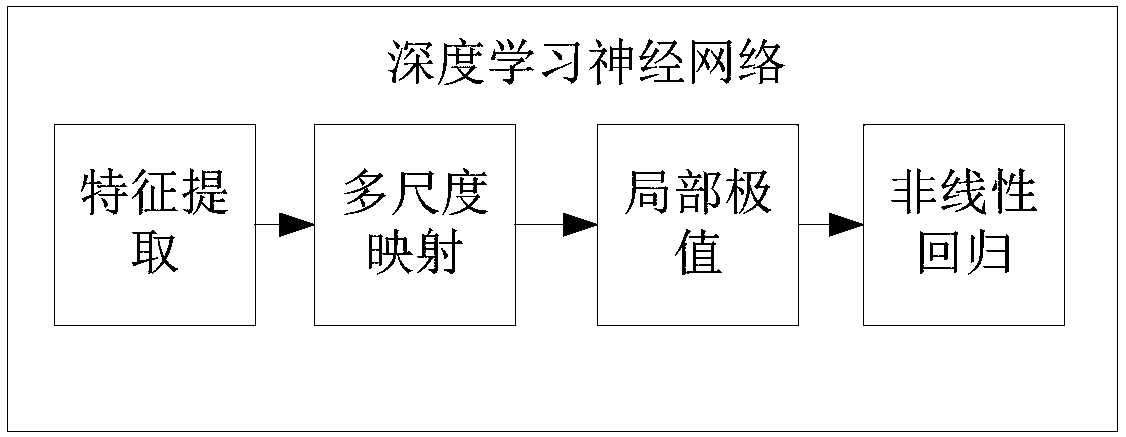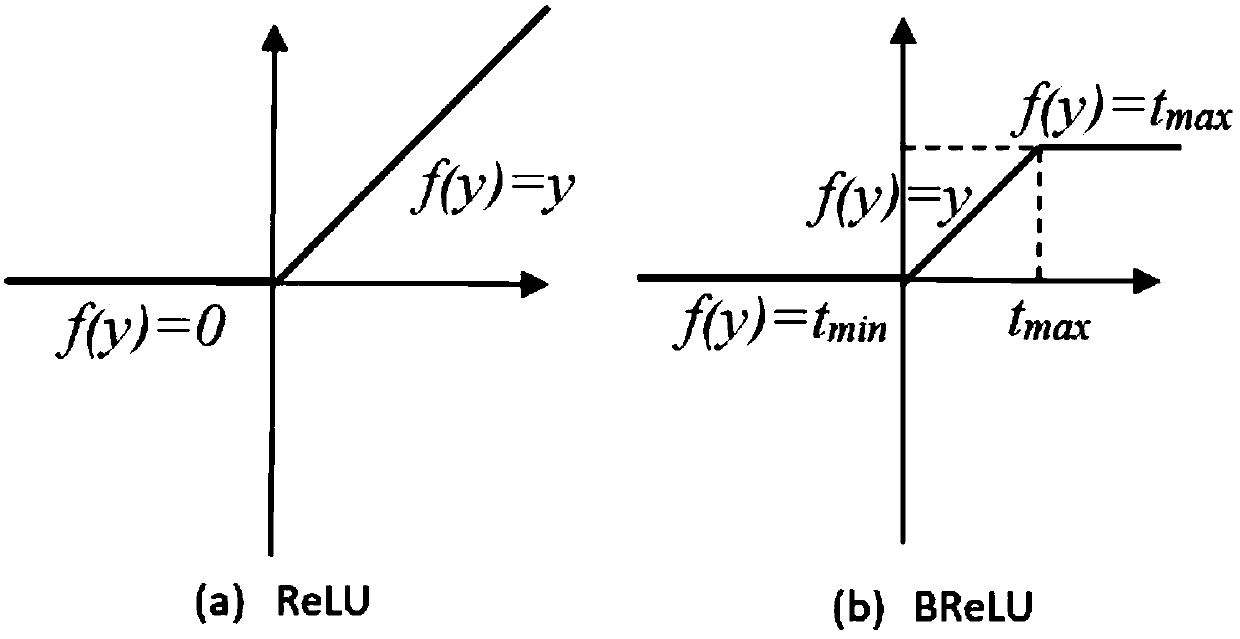Image defogging method and system based on deep learning neural network
A neural network and deep learning technology, applied in the field of image defogging methods and systems based on deep learning neural networks, can solve problems that cannot be directly used in the defogging process
- Summary
- Abstract
- Description
- Claims
- Application Information
AI Technical Summary
Problems solved by technology
Method used
Image
Examples
Embodiment Construction
[0054] First introduce the theoretical background of the present invention: in order to describe the information of the fog map, the atmospheric scattering model can be written in the following form:
[0055] I(x)=J(x)t(x)+α(1-t(x)) (1)
[0056] t(x)=e -βd(x) (2)
[0057] Among them, I(x) is the observed fog map, J(x) is the real image that needs to be restored, t(x) is the medium transmittance, α is the global atmospheric light constant, and x represents the fog map I(x) For each pixel in , β is the atmospheric scattering coefficient, and d(x) is the depth of field. In formula (1), there are three unknown parameters. After estimating t(x) and α, the real scene graph J(x) can be recovered. Equation (2) shows that t(x) tends to 0 as d(x) tends to infinity. Comprehensive (1) (2) can be obtained.
[0058] α=I(x), d(x)→∞ (3)
[0059] In the actual process, d(x) cannot tend to infinity, but a small transmittance t will be generated at a long distance 0 . Different from the...
PUM
 Login to View More
Login to View More Abstract
Description
Claims
Application Information
 Login to View More
Login to View More - R&D
- Intellectual Property
- Life Sciences
- Materials
- Tech Scout
- Unparalleled Data Quality
- Higher Quality Content
- 60% Fewer Hallucinations
Browse by: Latest US Patents, China's latest patents, Technical Efficacy Thesaurus, Application Domain, Technology Topic, Popular Technical Reports.
© 2025 PatSnap. All rights reserved.Legal|Privacy policy|Modern Slavery Act Transparency Statement|Sitemap|About US| Contact US: help@patsnap.com



